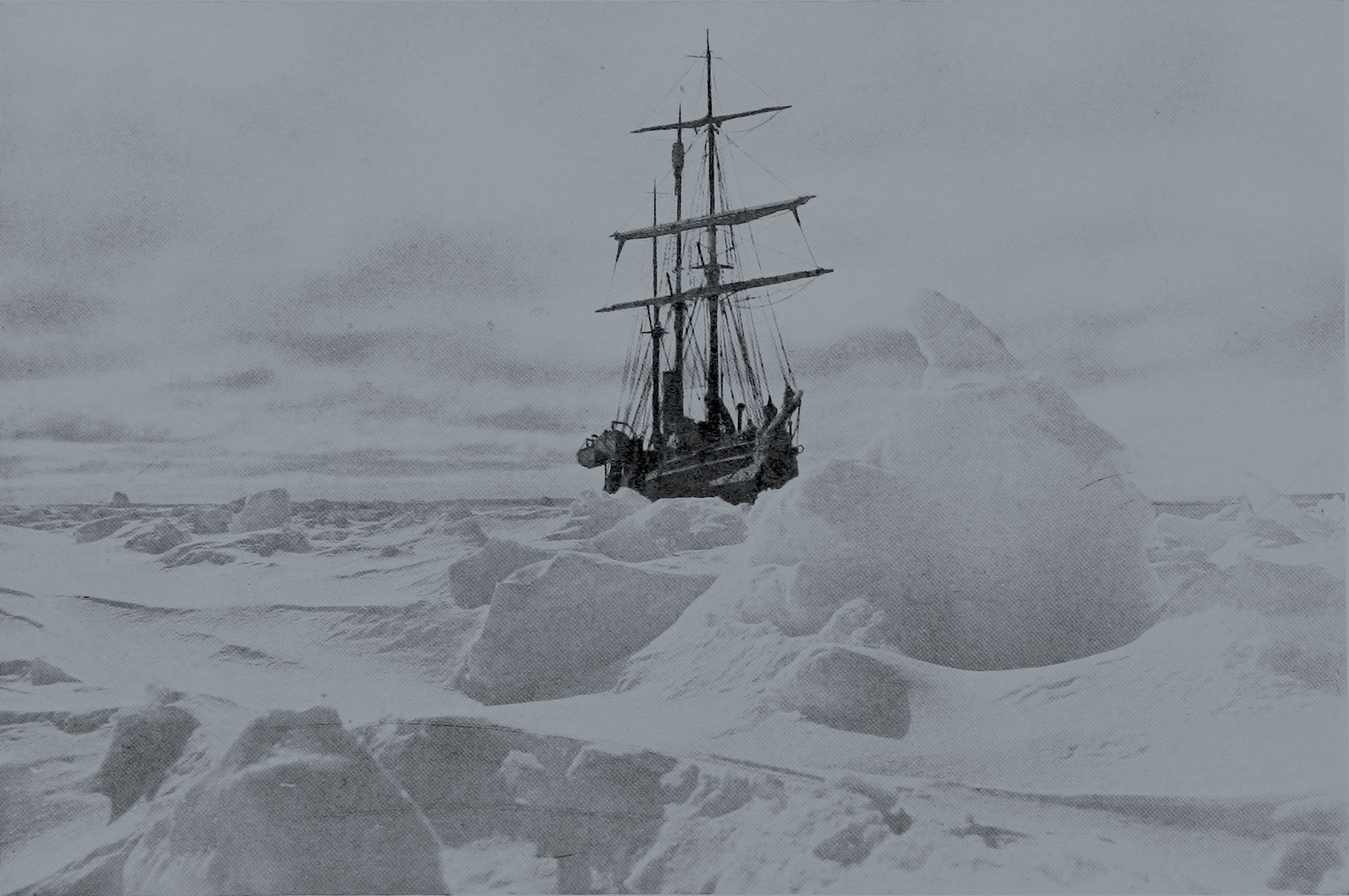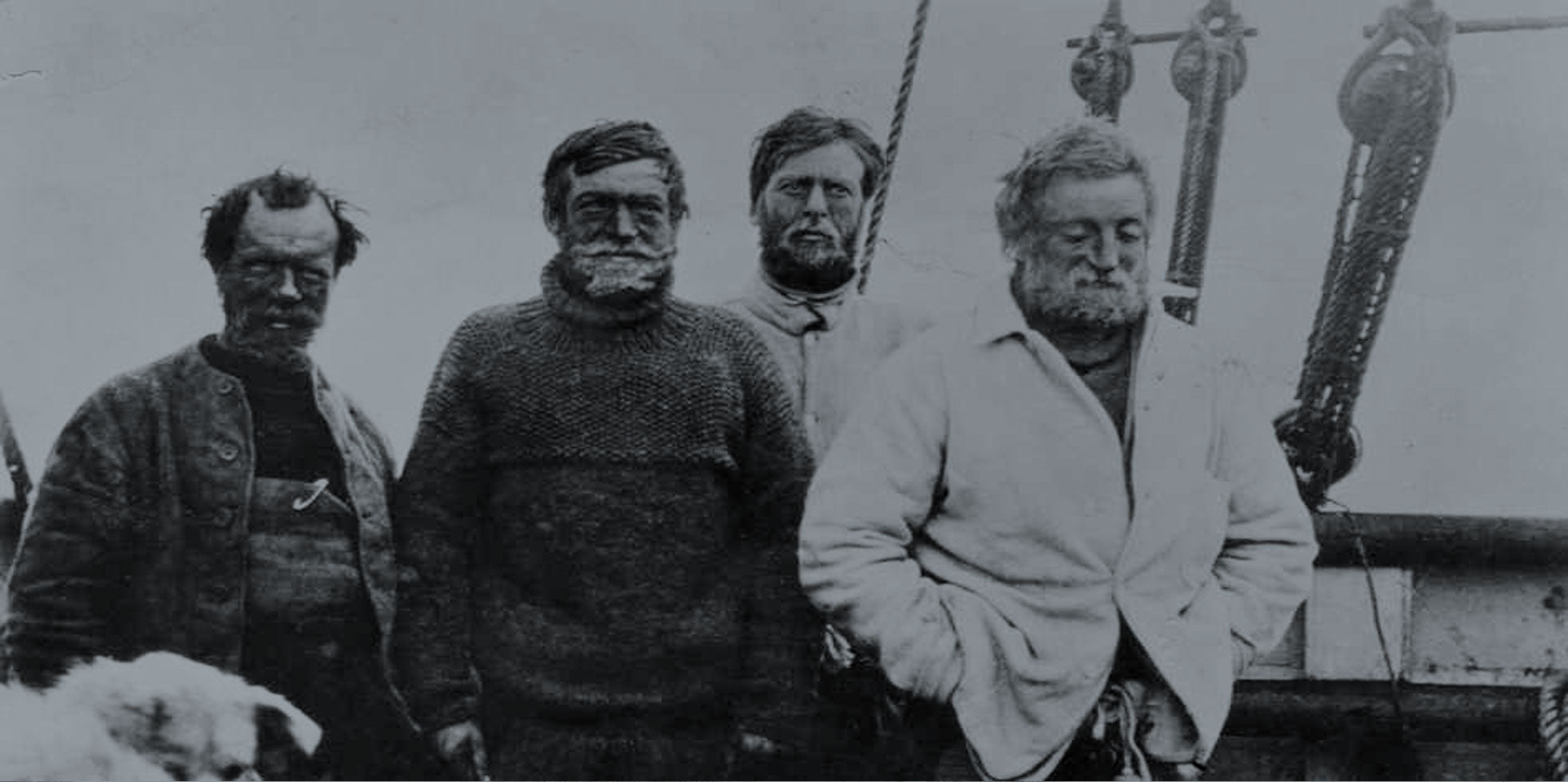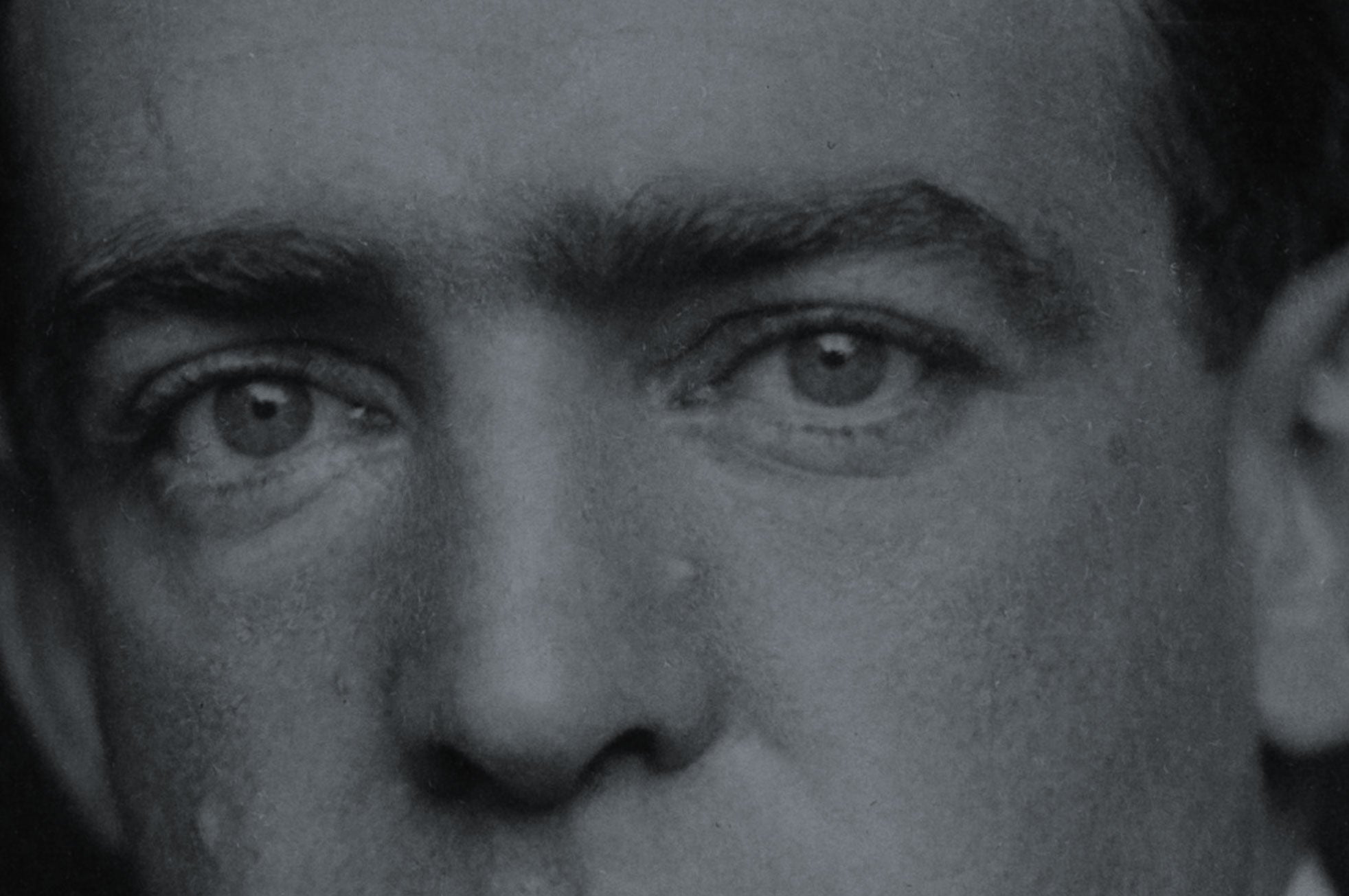
Shackleton’s Imperial Trans-Antarctic Expedition
Polar historian and author Michael Smith details the expedition that is widely regarded as the greatest feat of survival in the history of exploration, the Imperial Trans-Antarctic Expedition, when his ship was trapped and crushed by sea ice, forcing the crew onto drifting ice flows…
Sir Ernest Shackleton’s towering ambition and eagerness to explore the unknown led him to undertake the boldest adventure of his life, the Imperial Trans-Antarctic Expedition. Although the expedition failed, it would be remembered by generations as the greatest feat of survival in the history of exploration.
By 1913, only four years after turning back 97 miles from the South Pole, Shackleton was looking for a new challenge. Roald Amundsen and Captain Scott had conquered the South Pole and Robert Peary had claimed to have stood at the North Pole, which left him with limited options.
Reaching for the stars, Shackleton launched a more audacious challenge – to cross the Antarctic continent on foot. It was, said Shackleton, the last great Polar journey.
The coast-to-coast crossing was a hugely ambitious undertaking, involving two ships moored on opposing sides of the continent, over 50 men and tons of supplies and equipment. Despite widespread scepticism and lack of official support, Shackleton raised the money privately. Scottish industrialist Sir James Caird was the largest single donor. When asked for a modest £50 donation to the expedition funds, Caird astonished Shackleton by giving £24,000 (about £1,500,000 today).
The original idea of a transcontinental crossing came from the Scottish scientist-explorer, William Speirs Bruce. But Bruce struggled to raise money and generously stepped aside for Shackleton.
Shackleton proposed taking the ship, Endurance, through the treacherous Weddell Sea, land supplies at remote Vahsel Bay and lead six men on the 1,800 miles crossing. The trek, which he optimistically calculated would take only 120 days, would send Shackleton across unchartered territory to the Pole where he would retrace his steps made on the 1909 Nimrod expedition and arrive back at Ross Island. Unable to carry all their supplies, Shackleton would be sustained by tons of supplies dropped on the route by men from sister vessel, Aurora, based in Scott’s old headquarters on Ross Island.
After leaving England in August 1914, Endurance reached South Georgia in November where Shackleton was warned that ice conditions in the Weddell Sea were particularly bad that year. Undaunted, Endurance crossed the Antarctic Circle and entered the icy waters. By January 19, 1915, the ship was encased in ice and trapped, never to be released.
The 28 men on board – a mixture of explorers, sailors, scientists and a stowaway – watched as Endurance was carried along by the powerful currents of the Weddell Sea, unable to manoeuvre for itself at the mercy of the ice. Ten months later the ship was abandoned and the men camped on the ice. Endurance, which was making its maiden voyage, sank a month later in November 1915.
Shackleton was an immense presence throughout, particularly with those struggling to cope with the psychological effects of isolation and ever-present danger. He led from the front, encouraging and cajoling the men into believing they would escape. He ensured everyone was kept busy, cliques were not allowed to develop and he always found a few moments to offer personal support to any individual. Shackleton was widely known as ‘The Boss’.
He gave the impression that even unpopular decisions were taken for the general good and survival depended on sticking together. One controversial decision was to refuse to stockpile penguin and seal meat because he did not want men fearing they would never escape.
It would be almost impossible today to be as isolated as the Endurance party was in 1915. They were marooned at least 1,500 miles from the nearest human and had no radio to communicate with the outside world. Tents were pitched on a constantly moving floe barely 10 feet thick and beneath them the Weddell Sea plunged to a depth of 11,250ft. Temperatures were regularly -20ºC or lower.
When Endurance sank, Shackleton calmly reassured the party in his own inimitable style. Instead of a rousing Churchill-like speech, Shackleton simply said: “Ship and stores have gone – so now we’ll go home.” One man said it was “simple moving and highly effective.”
Mountains could be seen on the horizon as the floe drifted slowly north into warmer waters where the ice began to break up. In April 1916, over 15 months after Endurance was trapped, Shackleton launched the three lifeboats in search of dry land. Over the months of confinement, the men had travelled in a nerve-shredding semi-circle of 2,000 miles around the Weddell Sea.
Forced to change direction several times, the three lifeboats finally landed at Elephant Island in mid-April after seven days at sea. It was punishing, mostly sleepless journey which left many in an appalling state and needing to be carried ashore. Shackleton, leading from the front, was one of the few still standing.
Their predicament was critical. Elephant Island is a small, desolate and remote chunk of rock off the known shipping routes and never likely to be spotted by a passing ship. With no help coming, Shackleton decided to take a hand-picked party of six men in the James Caird, a lifeboat named after Shackleton’s largest benefactor, and sail to South Georgia, where he could find a ship from the island’s whaling fleet. But 22, many struggling badly, were left behind on the island.
Thanks to an ongoing collaboration between The Royal Geographical Society (with International Bureau of Geographers) and Salto Ulbeek Publishers, the first ever collection of limited edition platinum palladium prints of Frank Hurley's photographs of the Imperial Trans-Antarctic Expedition is now available to purchase.


